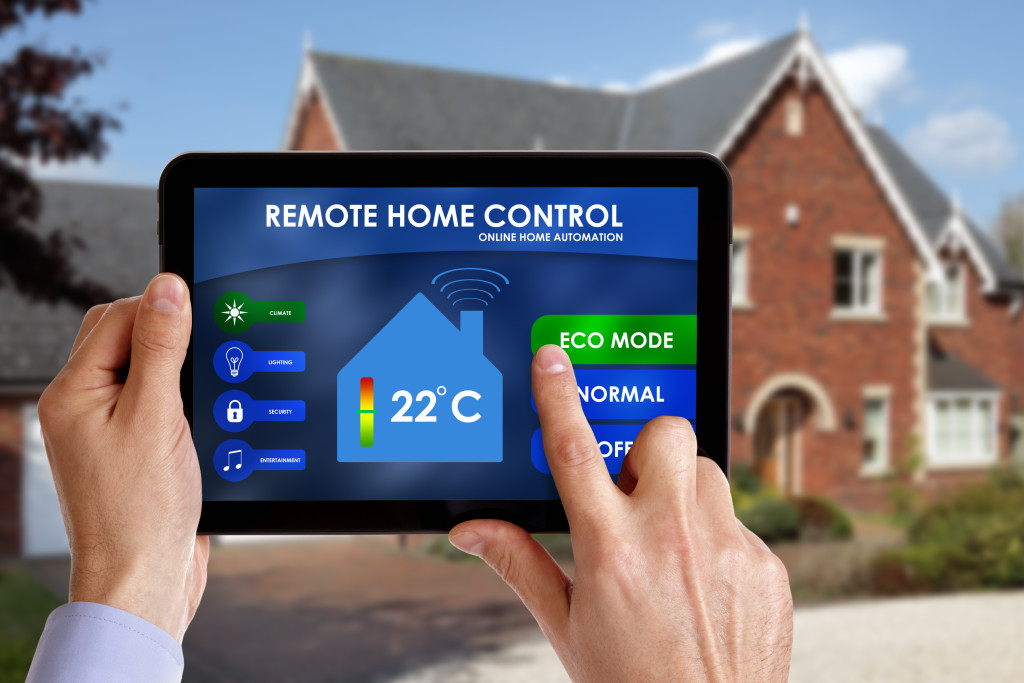With people spending more time at home and remote work quickly becoming a permanent system for many offices, people are starting to appreciate the advantages offered by smart homes. According to eMarketer, orders for smart home devices are set to double from 2019 to 2023.
Real estate consulting firm John Burns Real Estate Consulting also found that over 65% of their respondents are willing to spend extra on smart home technologies. What are these technologies? Let’s look at some emerging smart home technology trends expected to dominate the market in 2021 and beyond.
Smart Home Security
Security will always be a top priority, and smart homes are expected to take this to the next level. Security systems are quickly being integrated into the Internet of Things (IoT). Smart security cameras can be accessed via the internet, have efficient data storage capabilities, and even include anti-hacking features.
Doorbell cameras are also expected to replace traditional security cameras. Most doorbell cameras are capable of two-way communication, real-time monitoring, and even remote access through the Internet from the homeowner’s phone.
Smart Speakers
Due to the rise of AI voice assistants like Google Home and Amazon’s Alexa, a growing number of companies like Connect Automation are helping homeowners sync up their smart devices with easy to install speakers around the house.
Imagine each room having its own set of unique songs that play in the background or the option to continue listening to the big game on TV as you head into the kitchen to prepare a quick meal.
Another great thing about smart speakers is that it allows you access to the virtual assistant anywhere in the house. You can unlock the front door for a family member from your home office simply by telling Google Home or Alexa to open it for you.

Smart Thermostats
The ability to control your house’s thermostat remotely is quickly becoming a popular option for homeowners. Smart-enabled thermostats are capable of adjusting temperatures based on the behaviors and routines in the house.
A smart thermostat’s efficient way of controlling temperature is also known to help cut down utility bills. According to smart thermostat brand Nest, homeowners have saved 10% on their heating bills, 15% on the air conditioning, and up to 23% overall savings each year.
Smart Appliances
Common household appliances are at the forefront of smart home technology, and more people are starting to realize just how much they can make life easier.
We now have refrigerators with touch screen displays that act as digital notification boards. Smart-enabled fridges are also capable of reminding you when to buy milk and offer recipes depending on the current ingredients you have.
Smart grills are also becoming popular by relieving users of the usual grilling nuisances like constantly checking the temperature and making sure the meat isn’t burning. Smart-enabled washers and dryers notify users when it’s time to do the laundry.
A lot of smart appliances also offer self and remote diagnostics. This feature helps users identify the issue, provides steps on fixing it, and assists experts in specifically repairing the problems.
Technology and the IoT will continue to change the way we live our day-to-day lives. As more people realize just how much the features of smart houses make life convenient, we can expect the demand for them to increase.
The industry will have to continue keeping up with the technological needs of its consumers and find ways to introduce the concept of smart homes to the rest of the market.
